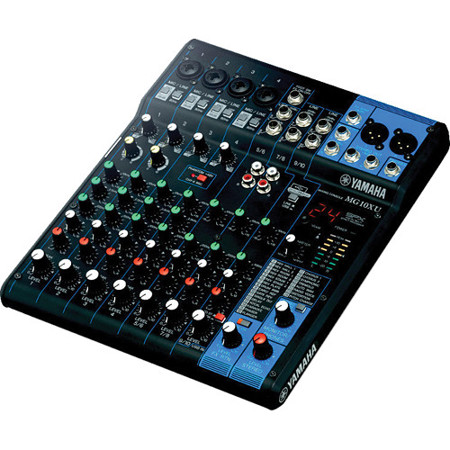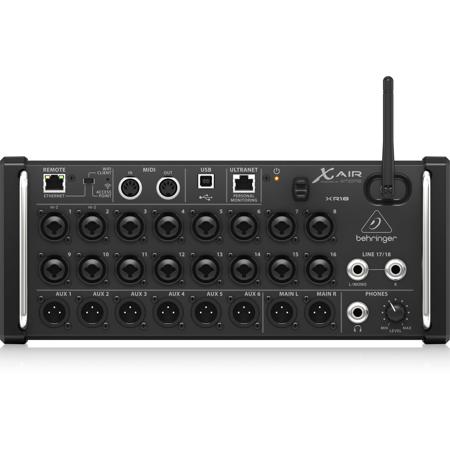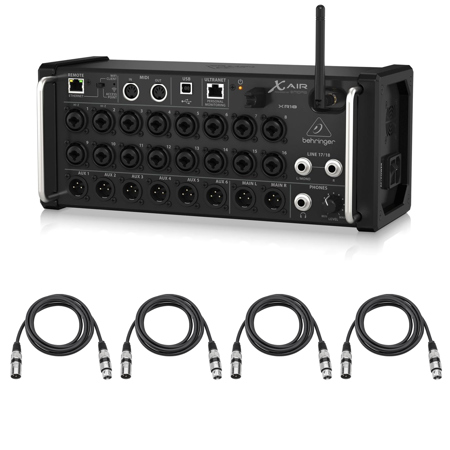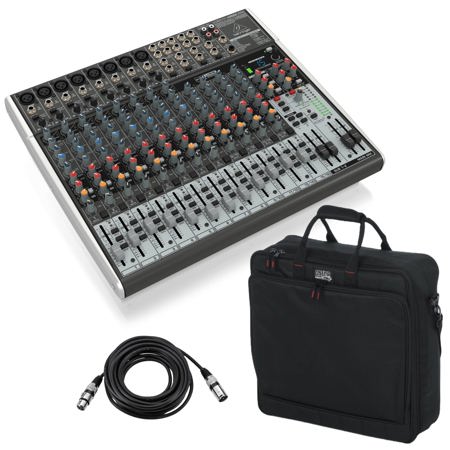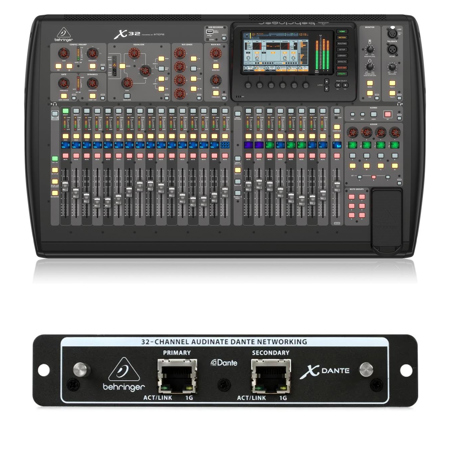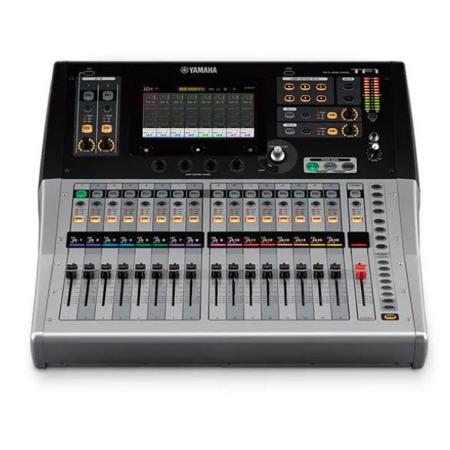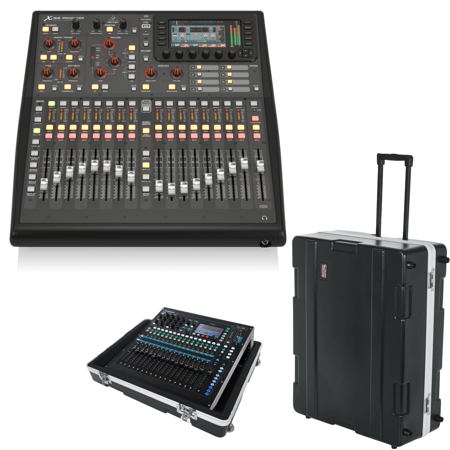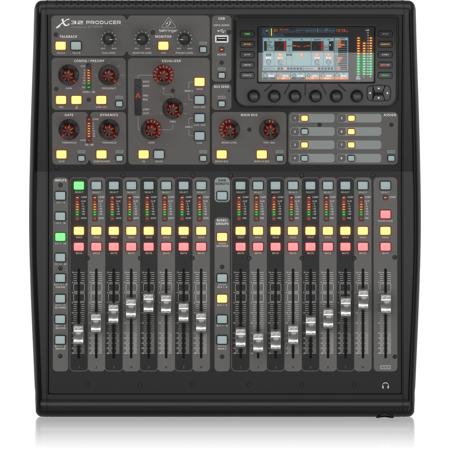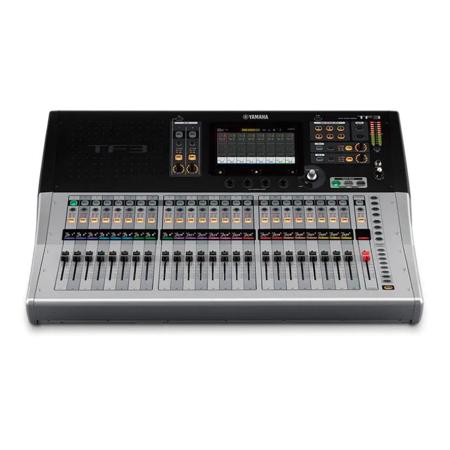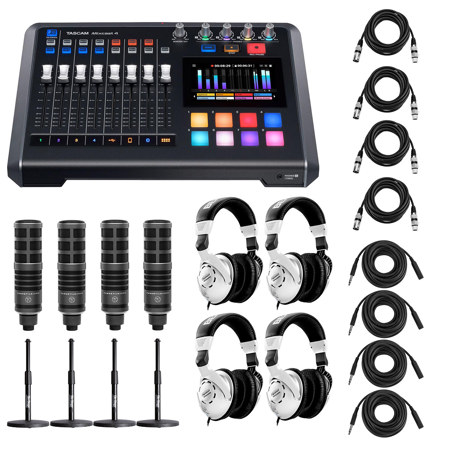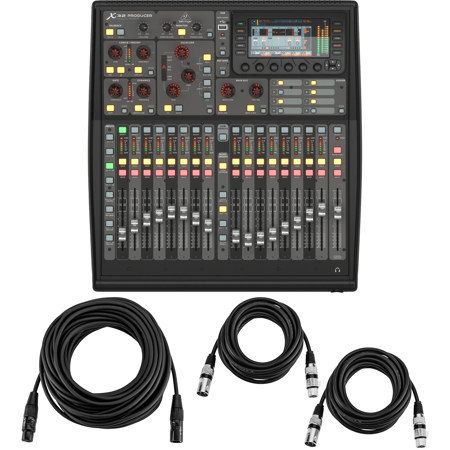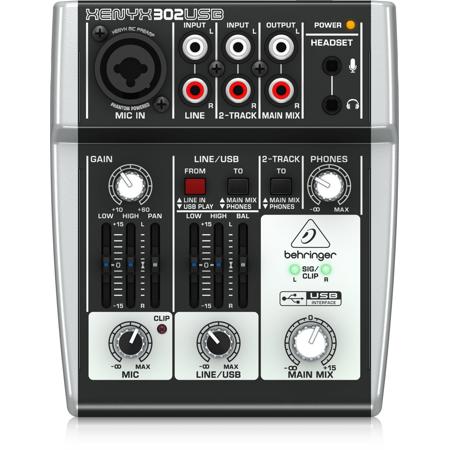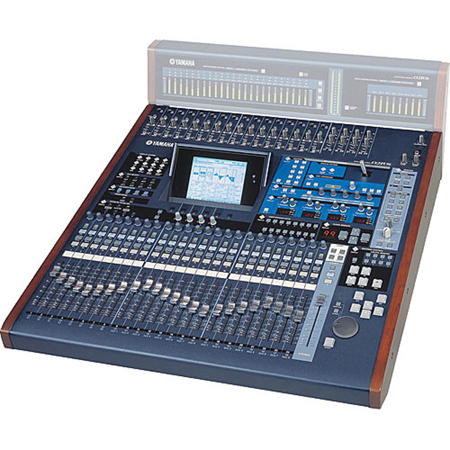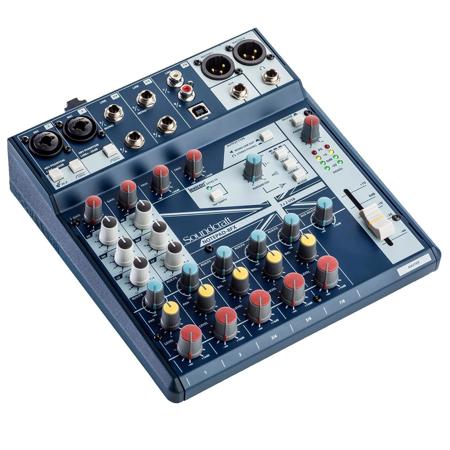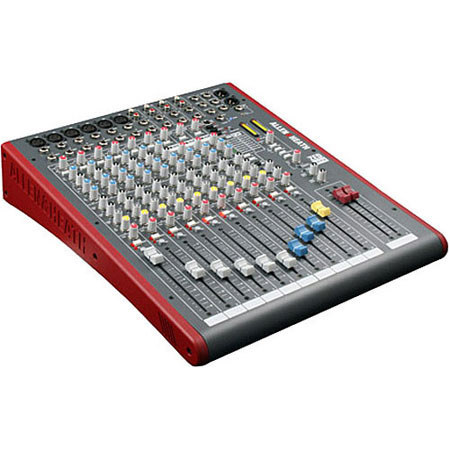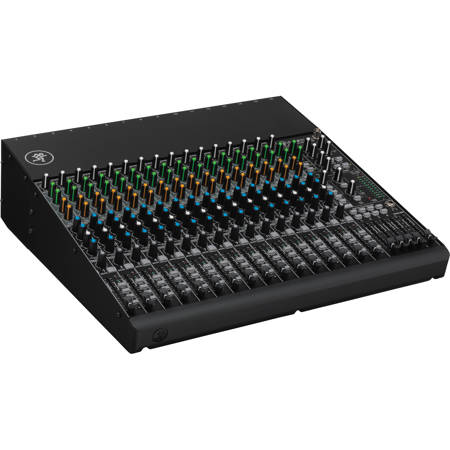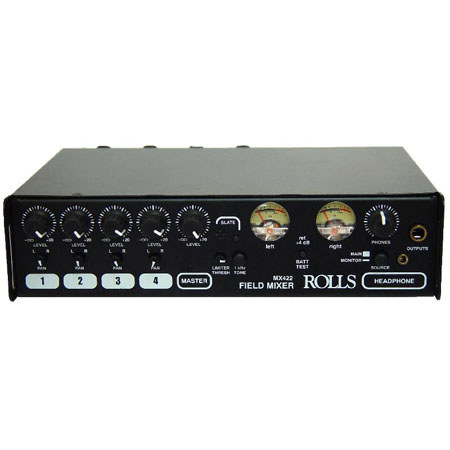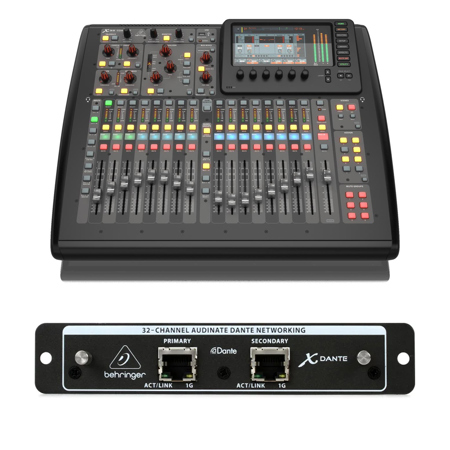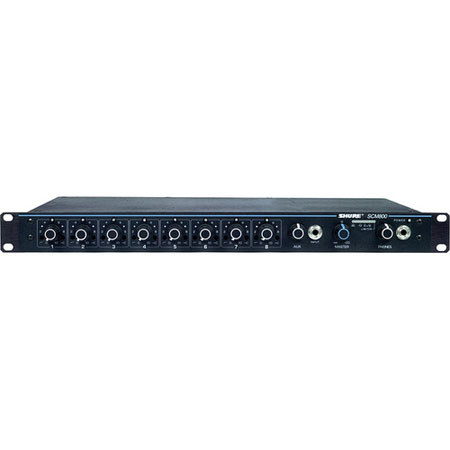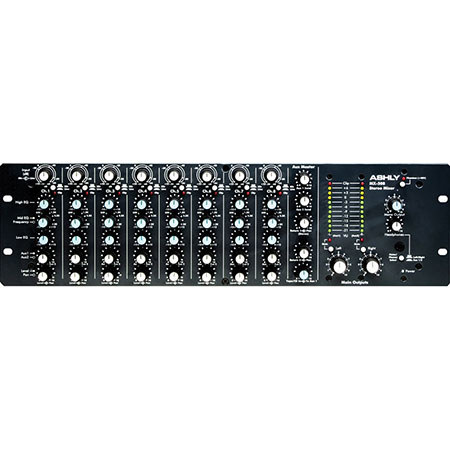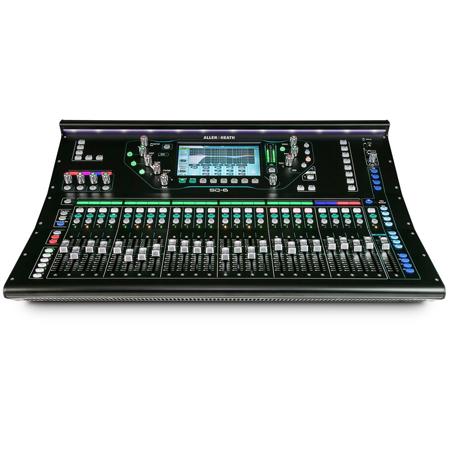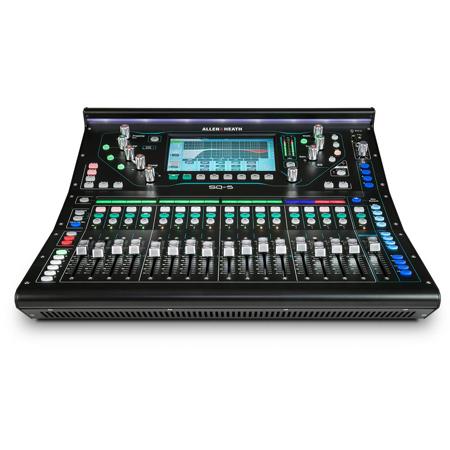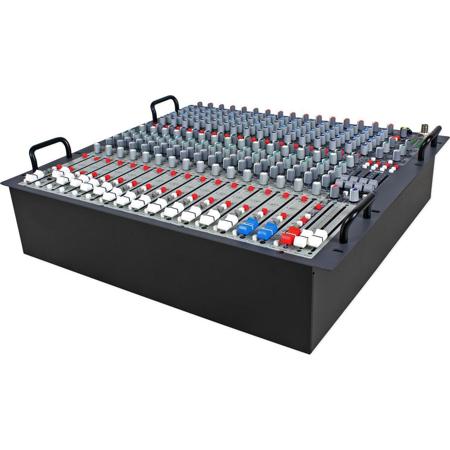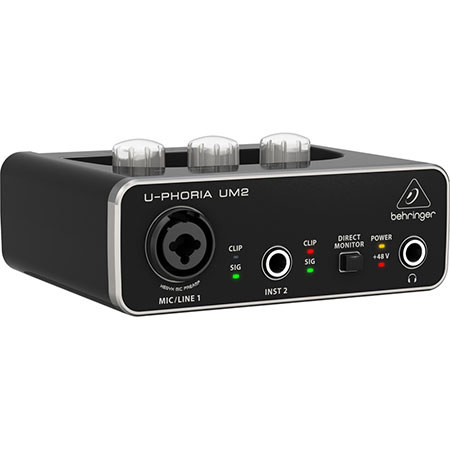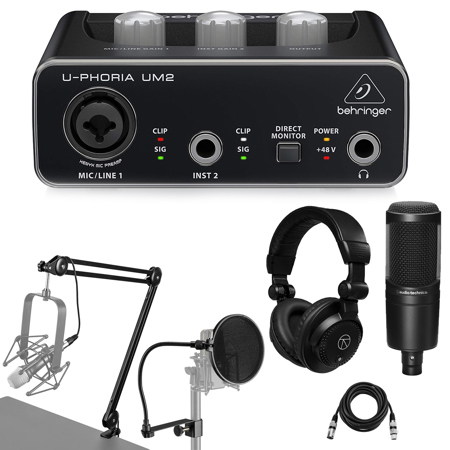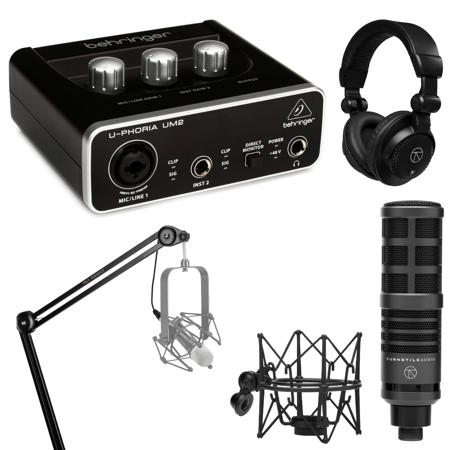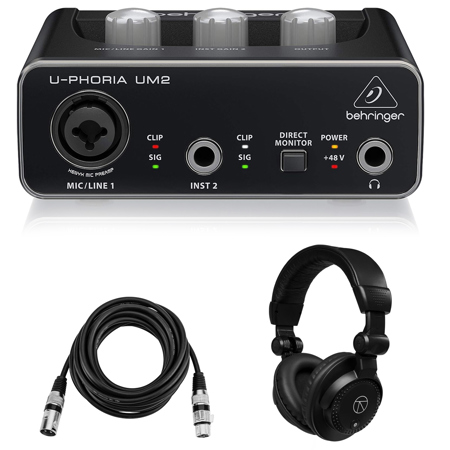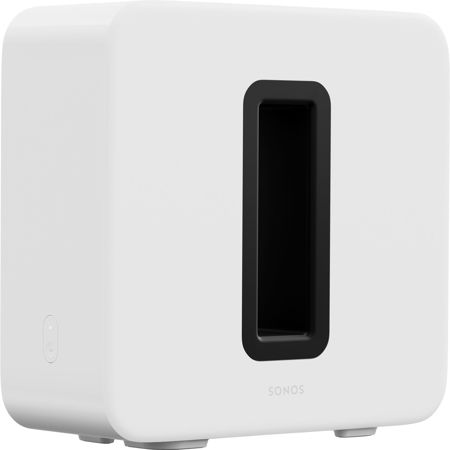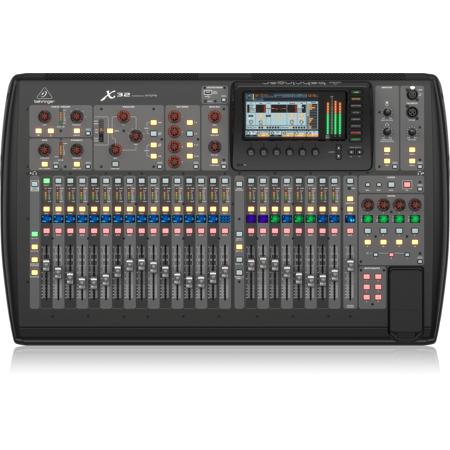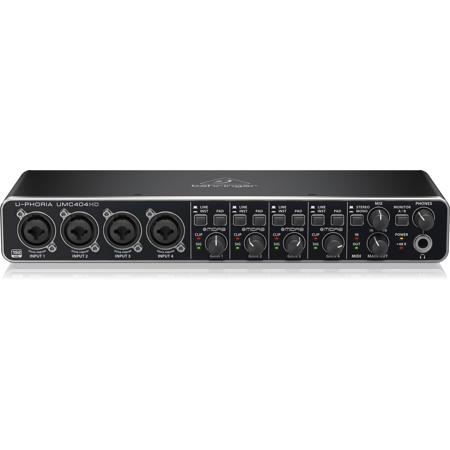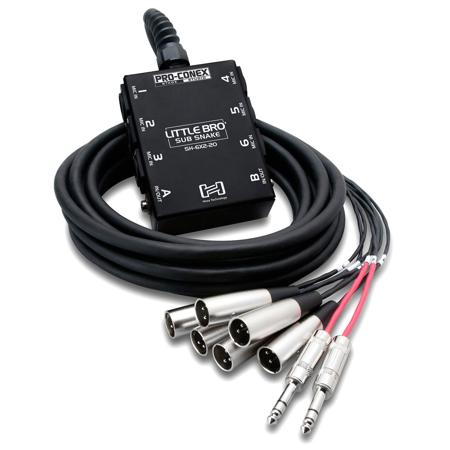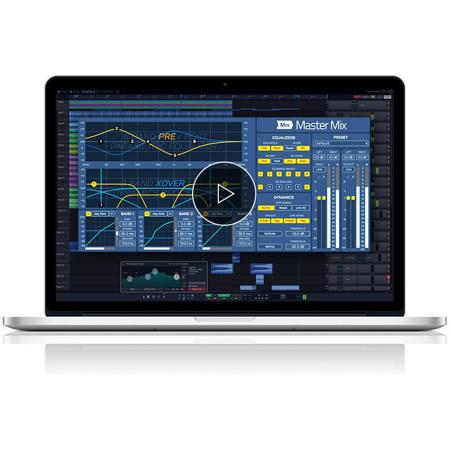Sound Engineering Equipment
Sound engineering equipment forms the backbone of any audio production setup, whether it's for a budding home studio or a professional recording environment. The choice of equipment can significantly influence the quality of sound that's captured and produced, making each piece a crucial investment. For those delving into the world of sound engineering, the array of gear available—from microphones and mixers to headphones and monitors—can be both exhilarating and daunting. Each item serves a specific purpose and contributes uniquely to the final sound output. Microphones, for example, vary widely in their design and suitability for different sound sources and environments. A condenser mic might be ideal for capturing the crisp clarity of vocals in a controlled studio setting, while dynamic mics are typically favored for their durability and ability to handle high sound pressure levels on live stages.
As winter thaws into spring, many audio professionals take the opportunity to upgrade their setups, often seeking equipment that can provide versatility and durability for both indoor and outdoor use. Sound engineers, podcasters, and music producers will find that investing in high-quality sound engineering equipment not only elevates their work but also enhances their creative expression. For those considering gifts for the audio enthusiast in their life, items like robust audio interfaces or versatile recording equipment can open new avenues for them to explore their passion. Moreover, for sound engineers who are continually evolving with technology, integrating advanced tools such as Audio Engineer Software into their workflow can be a game-changer. This software can refine recordings, create new sounds, or even simulate entire environments, making it an essential element of modern audio production.
Understanding the specific needs and applications of sound engineering equipment is key to making informed purchases. For instance, the acoustics of the space where the equipment will be used should influence the choice of monitors and microphones. Similarly, the connectivity options can affect how well new devices integrate with existing setups. Seasoned professionals might look for features that promise ease of use and quick setup for live performances or on-the-spot recordings. In contrast, hobbyists or those new to sound engineering might prioritize equipment that offers guided functionalities and educational resources to help them learn as they go. The joy of sound engineering lies in the endless possibilities of creating and manipulating sound. Whether layering tracks in a snug home studio on a snowy evening or capturing the vibrant sounds of a spring festival, the right equipment acts as a faithful companion in the journey of sound exploration.
As winter thaws into spring, many audio professionals take the opportunity to upgrade their setups, often seeking equipment that can provide versatility and durability for both indoor and outdoor use. Sound engineers, podcasters, and music producers will find that investing in high-quality sound engineering equipment not only elevates their work but also enhances their creative expression. For those considering gifts for the audio enthusiast in their life, items like robust audio interfaces or versatile recording equipment can open new avenues for them to explore their passion. Moreover, for sound engineers who are continually evolving with technology, integrating advanced tools such as Audio Engineer Software into their workflow can be a game-changer. This software can refine recordings, create new sounds, or even simulate entire environments, making it an essential element of modern audio production.
Understanding the specific needs and applications of sound engineering equipment is key to making informed purchases. For instance, the acoustics of the space where the equipment will be used should influence the choice of monitors and microphones. Similarly, the connectivity options can affect how well new devices integrate with existing setups. Seasoned professionals might look for features that promise ease of use and quick setup for live performances or on-the-spot recordings. In contrast, hobbyists or those new to sound engineering might prioritize equipment that offers guided functionalities and educational resources to help them learn as they go. The joy of sound engineering lies in the endless possibilities of creating and manipulating sound. Whether layering tracks in a snug home studio on a snowy evening or capturing the vibrant sounds of a spring festival, the right equipment acts as a faithful companion in the journey of sound exploration.
